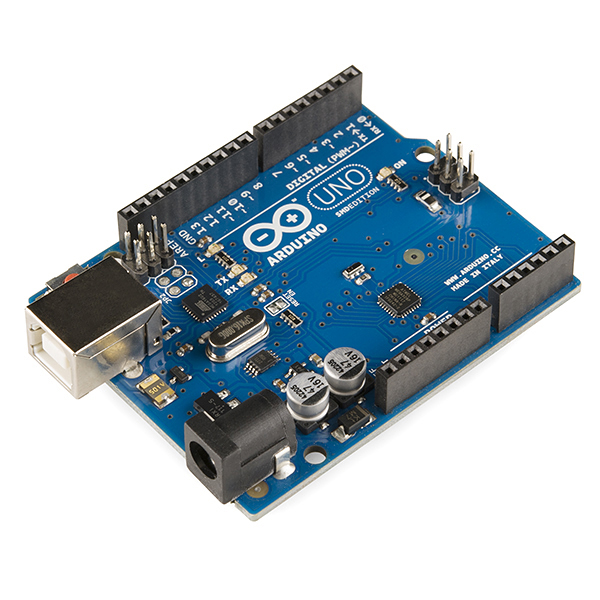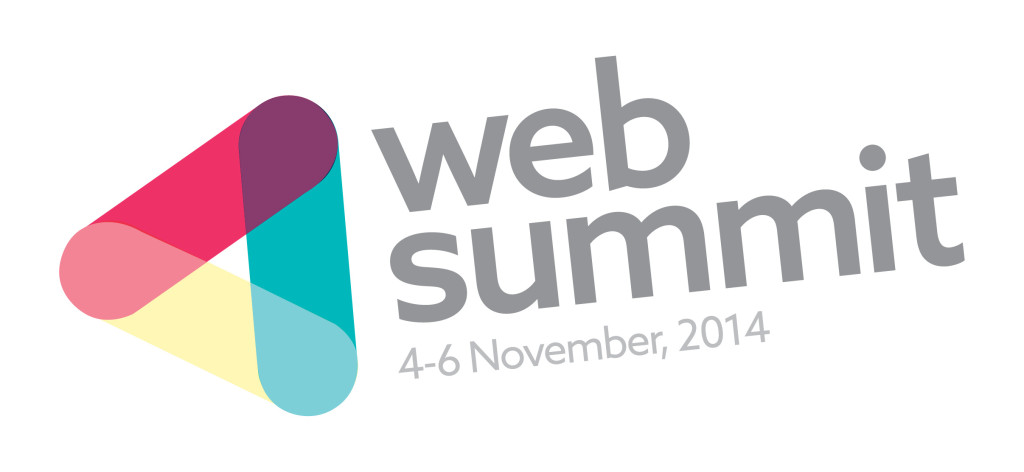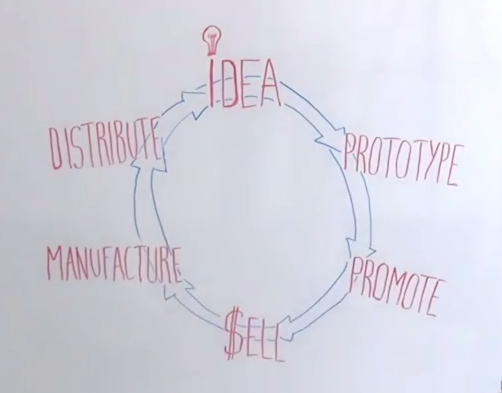Learn Arduino in 5 minutes #IoTFriday
Welcome to another video of IoTFriday here at thethings.iO. Today we plan to give you a quick overview about Arduino.
What is Arduino
Arduino was born in Italy in 2005 by a group from the Interaction Design Institute Ivrea (IDII) who wanted a board for its design students to use to build interactive projects during their thesis at the institute.
Arduino is open hardware and open source. The combination of both plus the simplicity of the product, created an entire ecosystem around Arduino with multiple shields, libraries and add-ons that everyone could build from their house or lab.
Arduino library at thethings.iO
At thethings.iO we published the Arduino library for thethings.iO and we made several examples about how to connect Arduino with thethings.iO using HTTP and MQTT. Some of these examples are built with Arduino Uno and Ethernet shield, WiFi shield (ESP8266, C3300 and Yun) and GPRS (Arduino GSM) in our github account.
Please send us any comments or feedback if you connect Arduino Uno or Arduino Yún at thethings.iO and don’t forget to follow us on Twitter and be sure to check out our #IoTFriday blog!





